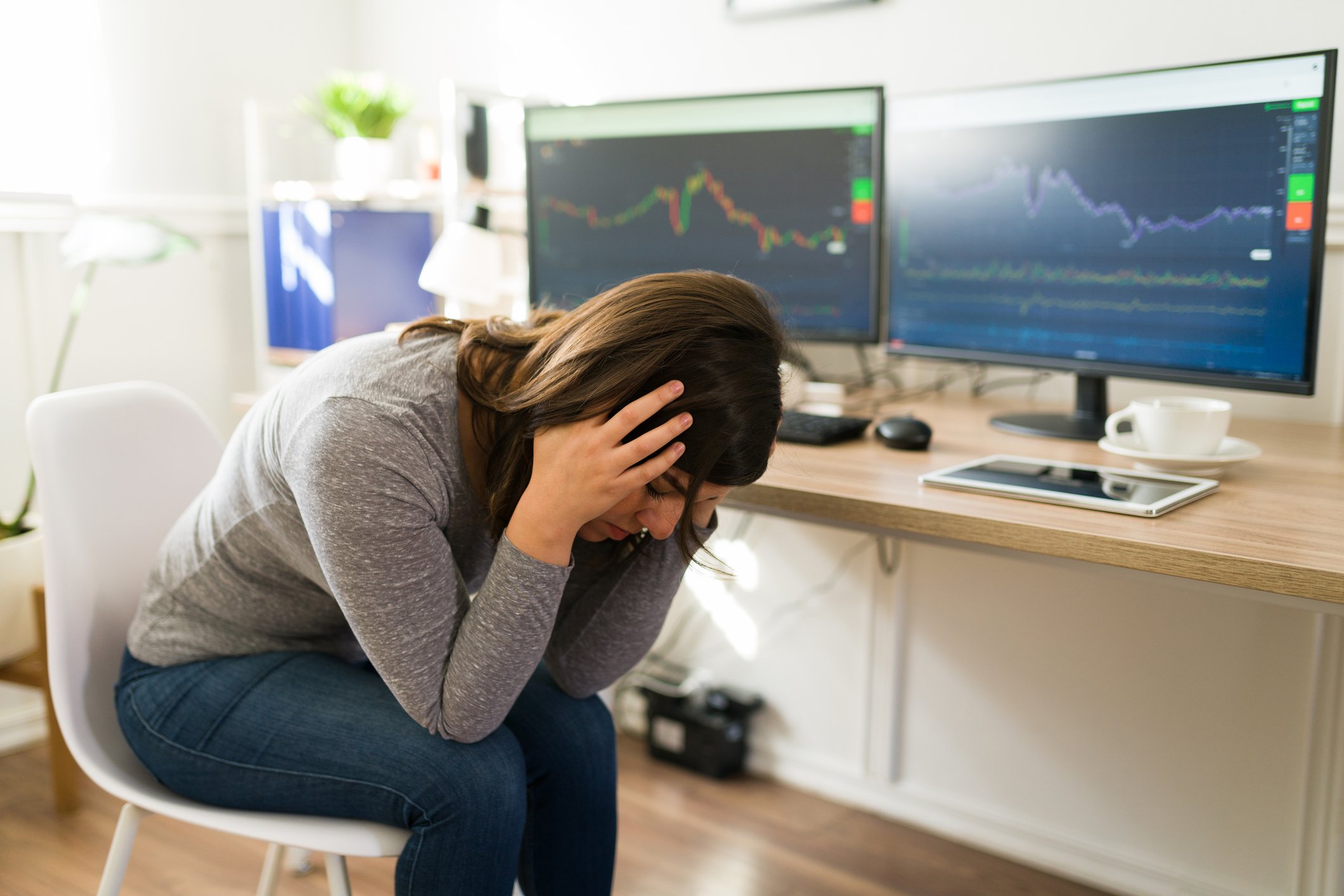GoPro (GPRO 1.35%) recently posted a teaser video for its next action camera, tentatively dubbed the Hero 8, which will be officially revealed on October 1. Recent leaks suggest that the camera will sport a new GP2 chip for image stabilization, a 12MP image sensor which supports 4K videos at 120 fps, and a new external design which supports add-on components like a front-facing display.
GoPro's current flagship camera, the Hero 7 Black, records 4K videos at 60 fps with a 12MP image sensor. It was also the first device to utilize GoPro's HyperSmooth stabilization software, an in-house technology that stabilizes videos without a gimbal.

Image source: GoPro.
Solid sales of the Hero 7 helped GoPro post three straight quarters of positive revenue growth, but the stock remains down more than 70% over the past three years. Will the Hero 8 bring more shoppers and investors back to GoPro -- or will it face the same old problems?
What happened to GoPro?
Many investors thought action cameras would be a massive growth market when GoPro went public five years ago. Action cameras addressed a niche demand for small, durable, and wide-angle cameras for capturing sports and outdoor events, and GoPro was the undisputed market leader.
Yet GoPro bulls overlooked three glaring flaws in that thesis. First, the market for action cameras was ultimately limited to outdoor enthusiasts, while mainstream users stuck with smartphones. Copying, converting, and uploading GoPro's massive video files was also a time-consuming chore. Better cameras in new smartphones, protective cases, and mounts further reduced the appeal of action cameras.
Second, GoPro lacked a moat against its competitors. GoPro's devices were easy to replicate, and companies like DJI, Samsung , Garmin , and Xiaomi-backed Yi Technology flooded the market with cheaper products. Lastly, most action camera users didn't replace their devices until the old ones broke, which resulted in painfully long upgrade cycles.

Image source: GoPro.
Those headwinds -- along with bad business decisions like launching cheaper action cameras and a shoddy drone -- caused GoPro's growth rates and margins to plummet over the past five years.
|
Fiscal year |
2014 |
2015 |
2016 |
2017 |
2018 |
|---|---|---|---|---|---|
|
YOY revenue growth |
75% |
16% |
(27%) |
0% |
(3%) |
|
Non-GAAP gross margin |
45.1% |
41.7% |
39.3% |
33.3% |
32.8% |
Source: GoPro annual reports.
However, GoPro's revenue rose 10% in the first half of 2019, and it posted adjusted gross margins of 34.2% and 35.8%, respectively, in the first and second quarters. GoPro attributed that growth to strong sales of the Hero 7, and expects its revenue to rise 9%-12% for the year, with a profit of $0.40 per share -- versus a loss of $0.23 per share last year.
GoPro hopes that the Hero 7 isn't the Hero 4
GoPro's outlook is rosy, but investors should hope that the Hero 7 didn't mark another cyclical apex like the Hero 4. Strong sales of GoPro's Hero 4 cameras propelled the stock to an all-time high of nearly $90 in late 2014, but GoPro faced diminishing returns with each of its following cameras.
GoPro's core customers who bought the Hero 4 simply didn't need a new camera, and new customers were lured away by cheaper devices. The Hero 8 could face the same problem -- customers who bought the Hero 7 don't need a new device yet, while mainstream consumers are likely paying more attention to new smartphone cameras.
Apple's (AAPL +0.19%) new iPhones, for example, offer new wide-angle cameras that capture 4K video at up to 60 fps. The iPhone 11 sports dual lenses, while the Pro and Pro Max sport triple lenses. GoPro needs to make a big splash with the Hero 8 to steal the spotlight from Apple and other smartphone makers.
GoPro's business is healthier than it was during its post-IPO heyday. It slimmed down its business, abandoned the low-end market, and launched cloud-based apps and services to streamline the editing and uploading process. But GoPro still faces tough competition from resilient rivals like DJI in the action camera market, and it lacks a wider portfolio of products -- like DJI's drones -- to boost its long-term growth.
The key takeaway
I sold all my shares of GoPro in early 2016, and I'm not interested in buying shares again. It's better run today, but it still lacks a meaningful moat or ways to reach new customers. Its growth over the past three quarters was encouraging, but I suspect that the Hero 7, like the Hero 4, marks a multi-year peak for the business.
Looking ahead, lengthy upgrade cycles and competition from rival camera makers and smartphones could cause its growth to decelerate again -- so investors shouldn't put too much faith in the Hero 8 when it arrives next month.







